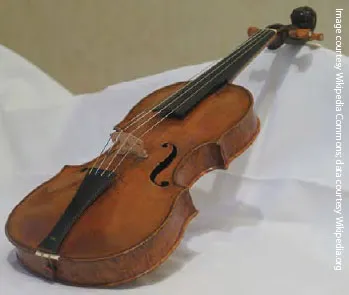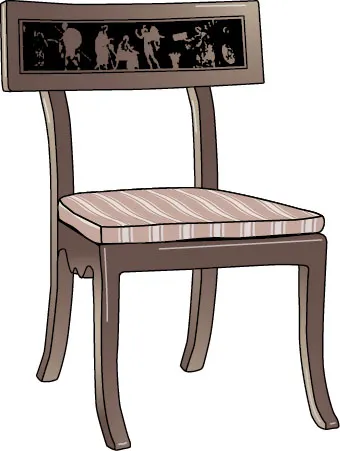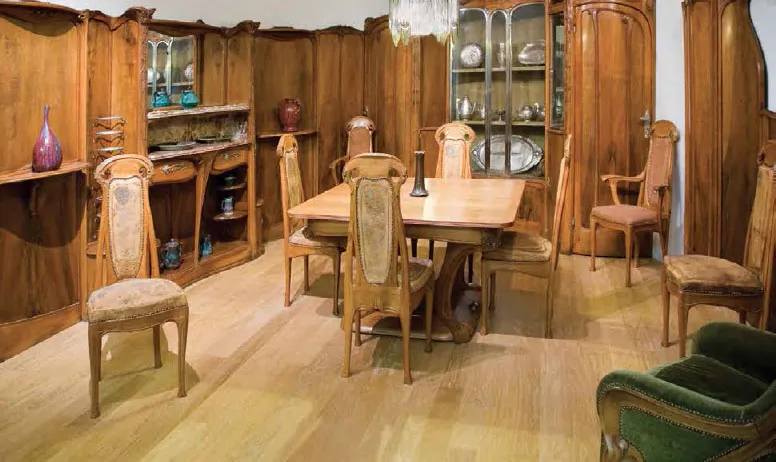
eBook - ePub
Woodworker's Guide to Bending Wood
Techniques, Projects, and Expert Advice for Fine Woodworking
Jonathan Benson
This is a test
Share book
- 250 pages
- English
- ePUB (mobile friendly)
- Available on iOS & Android
eBook - ePub
Woodworker's Guide to Bending Wood
Techniques, Projects, and Expert Advice for Fine Woodworking
Jonathan Benson
Book details
Book preview
Table of contents
Citations
About This Book
The art of bending wood confounds most woodworkers, yet it is surprisingly easy to do with the four basic methods in this complete guide. The techniques are presented in step-by-step photo sequences that leave nothing to the imagination and show woodworkers exactly how it's done: bending green wood or twigs, bending with heat or steam, and bending panels or laminations. There are seven step-by-step projects presented, including shaker boxes, a bow for an arrow, a rustic chair, the sides of a guitar, and bent panels used for tables and pedestals. All the necessary tools and equipment are discussed with an eye to budget and practicality, making this appeal to both amateur and professionals of all skill levels.
Frequently asked questions
How do I cancel my subscription?
Can/how do I download books?
At the moment all of our mobile-responsive ePub books are available to download via the app. Most of our PDFs are also available to download and we're working on making the final remaining ones downloadable now. Learn more here.
What is the difference between the pricing plans?
Both plans give you full access to the library and all of Perlego’s features. The only differences are the price and subscription period: With the annual plan you’ll save around 30% compared to 12 months on the monthly plan.
What is Perlego?
We are an online textbook subscription service, where you can get access to an entire online library for less than the price of a single book per month. With over 1 million books across 1000+ topics, we’ve got you covered! Learn more here.
Do you support text-to-speech?
Look out for the read-aloud symbol on your next book to see if you can listen to it. The read-aloud tool reads text aloud for you, highlighting the text as it is being read. You can pause it, speed it up and slow it down. Learn more here.
Is Woodworker's Guide to Bending Wood an online PDF/ePUB?
Yes, you can access Woodworker's Guide to Bending Wood by Jonathan Benson in PDF and/or ePUB format, as well as other popular books in Technik & Maschinenbau & Technische & produzierende Gewerbe. We have over one million books available in our catalogue for you to explore.
Information

Figure 1-1. This archery bow was shaped from an Osage orange blank that had been split out of a green, fresh-cut log, a technique that ensures the wood grain does not run out. Here the steam-bent curve is retained by a single clamp while the wood dries.
CHAPTER 1
Bending Wood Then and Now
Green, fresh-cut branches bend easily, making them useful for constructing bows, baskets, and boats. Much later, bent wood became a popular way to construct furniture, and the methods for bending and stabilizing projects have grown. Craftsmen have long chosen wood-bending techniques for the beautiful results they give, and the added strength and economical use of materials they lend to a project.
A History of Bending Wood
Some type of wood bending has existed at least since the invention of the bow and arrow. For hundreds of years, boat builders have used wood bending to create the ribs that run across the width of boats (Figure 1-2), and bentwood bodies replaced hollowed out logs in the construction of stringed musical instruments by the mid-fifteenth century (Figure 1-3).

Figure 1-2. Wood bending has been used for hundreds of years to build ribs, planks, and gunwales in boats.

Figure 1-3. This violin, manufactured in 1658 by Jacob Steiner, offers excellent examples of wood bending on the sides, front, and back. Steiner (1617-1683) was among the best known Austrian luthiers. Traditionally, the arched tops and heads of violins and cellos were carved from solid wood. The sides are heat-bent pieces of solid wood, anchored to corner blocks.
The Origins of Bentwood Furniture
Unlike the origins of some other bentwood forms, the first use of bentwood for furniture is hard to pin down. Some evidence, in the form of tomb paintings and relics, suggests the ancient Egyptians used the process (Figure 1-4). In some cases, they simply carved wood into a curved shape or used tree limbs that were already bent, and in other situations actually bent the wood themselves. The mystery continues into the fifth century B.C. in ancient Greece, in the form of the Klismos chair, which could have been constructed using bent members (Figure 1-5). No original chairs have survived, so the exact construction technique cannot be determined. Chairs with bentwood backs were made during the Middle Ages and by the eighteenth century, both steam bending and solid-wood laminate bending were well-known techniques.
The first widespread use of bentwood to construct furniture in the Western world was the Windsor chair in early eighteenth-century England. The Windsor chair had a curved back that gained strength from the curved wood connected to the seat (Figure 1-6). This was most likely done to save labor and material rather than for aesthetic reasons.

Figure 1-4. A cedar chair with the figure of the Egyptian god of eternity, Heh, carved in the back. The original bentwood chair was found in Tutankamun’s tomb. and is on display at the Cairo Museum. This reproduction was made in 1976 by Michael Gold of New York City.

Figure 1-5. The Greeks could have used wood bending to construct chairs, like this Klismos. The Klismos is known only from ancient illustrations on pottery—no actual examples have survived.

Figure 1-6. The Windsor chair marked an early and widespread use of bentwood in furniture making. The back/arm piece is a single steam bend. This continuous-arm Windsor was made in 1998 by Michael Dunbar of Portsmouth, New Hampshire.
Bentwood Furniture and the Industrial Revolution
Wood bending for furniture really came into its own during the industrial revolution with the work of Michael Thonet, a German-Austrian furniture maker and industrialist. His elegant and simple designs were enormously popular in the mid-nineteenth century (Figure 1-7). Thonet experimented with bending solid wood and laminates, and developed a practical production method for bending using steam along with steel compression straps. By the mid-1800s, manufacturer J. & J. Kohn became Thonet’s chief rival, opening several factories internationally, employing an estimated 6,000 people and producing more than 7,000 pieces of furniture daily. The company’s growth and the expiration of Thonet’s patent for his wood-bending process led to the manufacture of large quantities of bentwood furniture by many manufacturers. The curvilinear shapes of bentwood also lent themselves to the emerging Art Nouveau style (Figure 1-8). The use of bentwood became popular for several reasons, including the efficient use of labor and material, the added strength of bentwood, and aesthetics.

Figure 1-7. Michael Thonet developed simple but elegant curved designs and a steam-bending method. His Model #14 chair—now 150 years old—is his most famous design.

Figure 1-8. The curvilinear shapes of bentwood fit in well with the organic Art Nouveau style.
Plywood
The next revolution in wood bending came with the development of plywood. In 1865, John Mayo first patented ...